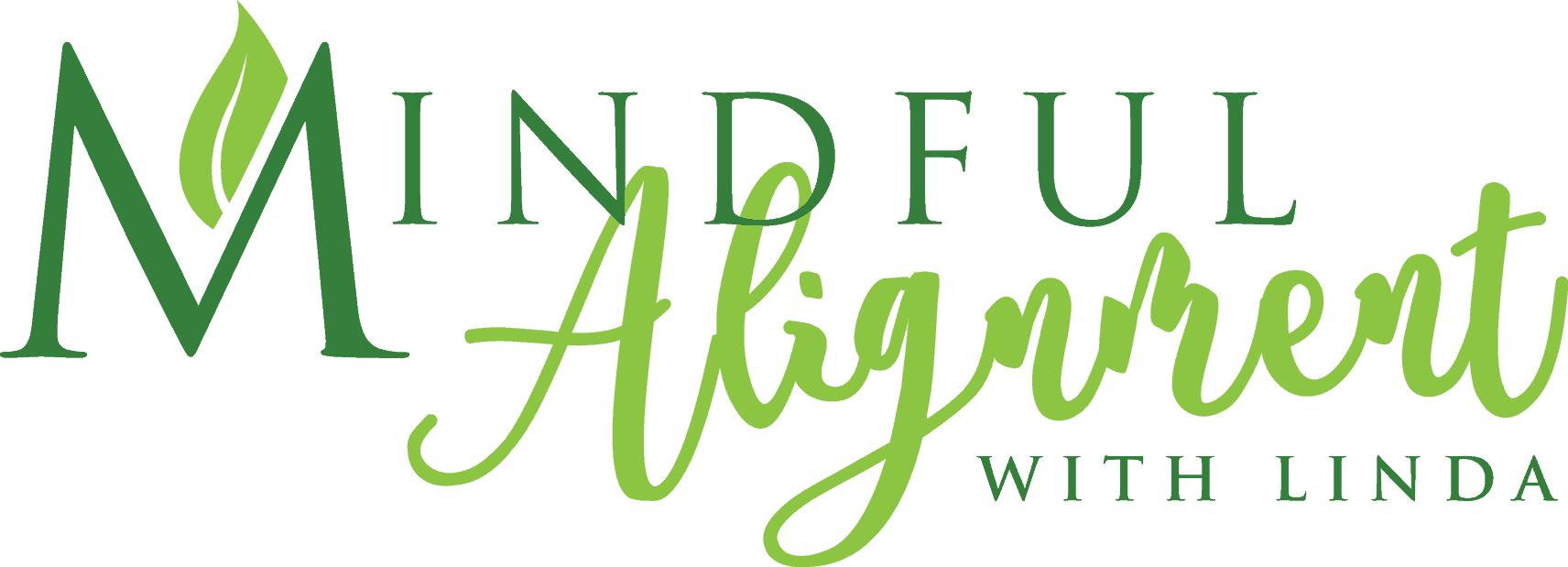Causes of Lower Back Pain
About Your Lower Back Pain ::
Improving your fitness is one of the best things you can do if you want to live a healthy, active life and prevent lower back pain.
First, it is essential to understand the anatomy of YOUR spine and its supporting structures. The spine is composed of three components: the cervical (neck), thoracic (upper-mid back), and lumbar (lower back) vertebrae.
Also, there are two natural curves in the spine: a forward curve at the thoracic/upper back region and a backward curve at the lumbar/lower back area. These curves help keep the spine flexible and support your body weight.
These curves allow you to do everyday movements such as walking, getting out of an armchair, or even simply standing.
One’s anatomy also includes the ligaments, which are fibrous tissues that connect bones to other bones, and tendons, which are strong bands of tissue that connect muscles to the bone. The body is held together by these structures because there are no joints in your spine.
The upper body muscles, most notably those found in the abdomen region, support the spine. The abdominal area is composed of a group of muscles known as the “core“; these include the transversus abdominis, internal and external obliques, and rectus abdominis, as well as hip flexors.
Furthermore, the spine is additionally supported by the thoracic and neck muscles such as the trapezius and the levator serratus anterior.
The anatomy of the spine provides a lot of information on improving your posture. Still, it’s important to note that the spine’s anatomy only tells half this amazing story. The other half is biomechanics, which can be defined as the study of “human movement.”
Poor posture can also be attributed to muscle imbalances such as having weak core muscles or tight hip flexors and hamstrings. These muscle imbalances force your body’s joints out of their neutral positions and lead to poor body alignment.
The shape of the spine may be ‘LIFE-ALTERING’…
Two of the most common imbalances of the spine are Kyphosis and Lordosis. Kyphosis is an excessively curved (round) back. On the other hand, Lordosis is an excessive ‘curve’ of the lower back that flattens out the normal kyphotic lumbar curve.
Improving your posture is VERY IMPORTANT since incorrect curves in the spine lead to lower back pain.
This knowledge is essential if you want to have an active role in caring for YOUR posture and prevent low back pain, along with your personal physician and wellness coach. Because this issue of YOUR spine is VERY IMPORTANT, it is wise to have a TEAM approach of professionals involved!
Bottom Line: AWARENESS is the first step. So make sure that YOU continue a balanced exercise regimen and seek the advice of a medical and/or wellness professional who specializes in optimal body alignment.
